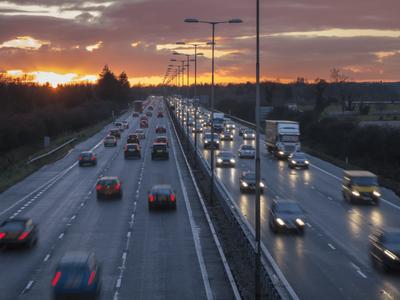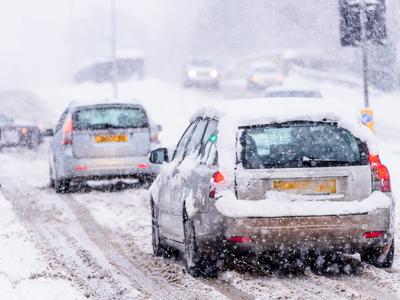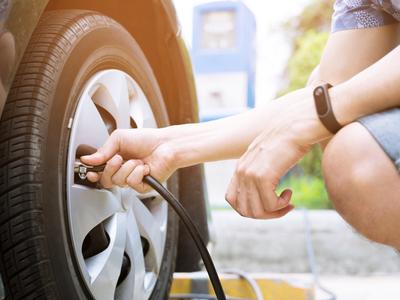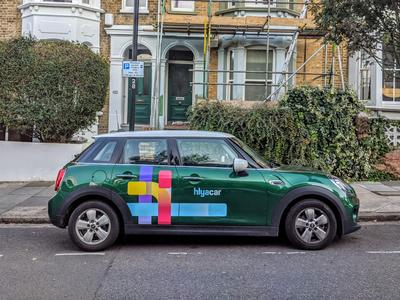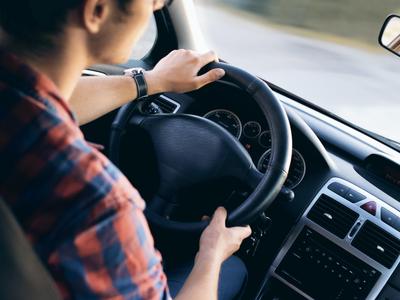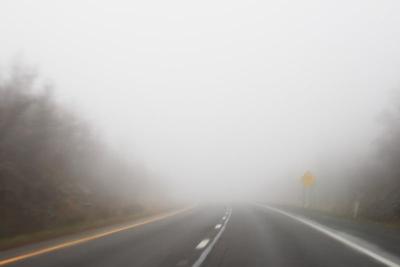
What should you do when driving in fog?
Fog lights seem to be quite the conundrum on the road. We’ve all seen it; people using their fog lights when it’s not even foggy out and, in complete contrast, people not using their fog lights when barely one car length can be seen in front. So what should you do when driving in fog?
Fog is one of the most dangerous weather conditions we experience here in the UK, so it’s important to take it, and the reduced visibility, seriously. Fog lights are a function that really should be used at the appropriate time. Not only to uphold the law but for your own, as well as other road users’, safety.
Before setting off on the road, it might be prudent to check the weather. If fog is predicted on your route; familiarise yourself with exactly where your front and rear fog lights are in your car, before you drive. This also applies if you’re in an unfamiliar car, such as a hire car; make sure to prioritise getting to know these essential safety aspects.
Regulation for newer cars means that Daytime Running Lights are always on, but make sure you have your headlights on if they’re not active when driving in fog.
It’s also important to minimise distractions when driving in these conditions. Things such as conversations with passengers and the radio should be limited where possible. Having the windows open slightly may also help you to listen for traffic on the road.
If the road signals ‘fog’ via digital road signs and the like, be aware and prepared for changes in visibility. Don’t rely on the rear lights of the car in front of you in order to navigate the road.
Before entering the fog, check your surroundings before doing anything else. Adjust your speed accordingly. Slow down to a speed you deem safe, having assessed the conditions. This will allow you more time for potential hazards that may appear in front of you. Next, you’ll want to consider your distance from the car in front. Adjust this as necessary, perhaps by doubling up on the usual two-second gap to four. According to the Highway Code, fog lights should only be used in fog when visibility drops below 100metres. However, if it is that your visibility is significantly reduced, ensure to switch on both your front and rear fog lights to not only combat reduced visibility for yourself but also increase the likelihood of you being noticed by other drivers. Ensure to use your windscreen wipers often to further help with visibility, and remember to keep them demisted!
In accordance with the Road Vehicles Lighting Regulations of 1989, use of the front and rear fog lights when visibility is not reduced or when your car is parked is illegal, which could incur a police fine if caught, so it’s important to switch off your fog lights once the fog has lifted. If you’re unsure, a symbol should indicate on the dashboard if your fog lights are on or not. If while driving in fog your car is involved in an accident and you weren’t using your fog lights, it could invalidate your insurance.
If it is that visibility is so poor that you’re unable to see, stop your vehicle in a safe place and wait for conditions to improve. No journey is worth yours or the lives of others.
Driving in fog at night
Driving in fog at night is slightly different from driving in fog in the day — visibility is already reduced on that of daytime driving. It’s important to assess, yourself, whether you feel your front fogs are hindering or helping the situation, as with the use of high beam headlights. To avoid the use of full beams in fog, however; fog consists of water which will reflect the intense light. And be sure to use your rear fog light at all times when driving in fog at night time.

